The Impact of Private Label Biosimilars on Future Market Dynamics
Our experts break down how private label biosimilars, led by pharmacy benefit managers (PBMs) and their subsidiaries, are disrupting pricing, access and commercialization strategies across the US biologics market.
As PBMs deepen their vertical integration strategies, private label biosimilars are rapidly altering the US market access landscape. Partnerships between manufacturers and payer-owned entities are driving formulary preference, disrupting traditional reimbursement flows and expanding commercial models across both pharmacy and medical benefit channels.
In this new market reality, pharmaceutical manufacturers must evolve their biosimilar commercialization strategies.
- PBM Strategies and Private Label Biosimilar Launches: Review recent private label agreements across Humira and Stelara markets, including volume deals and exclusivity plays.
- Tri-Furcated Pricing and WAC Positioning Models: Explore how manufacturers are using branded, unbranded and private label versions to reach segmented markets.
- Private Label Expansion to Medical Benefit Products: Understand implications for IV-administered drugs and reimbursement complexity (e.g., “white bagging” models).
- PBM Multi-Manufacturer Deals to Ensure Supply: Learn how payers are structuring supply chain redundancy across biosimilar portfolios.
- Formulary Shifts and Originator Displacement: Examine 2024 market share data showing how PBMs are favoring in-house brands over branded originators.
- Support Services from Payer Subsidiaries: See how commercialization services (e.g., co-pay cards, logistics) impact manufacturer cost structures.
- Strategic Considerations for Smaller Biosimilar Manufacturers: Review commercialization models including out-licensing, payer partnerships, and segmentation strategies.


